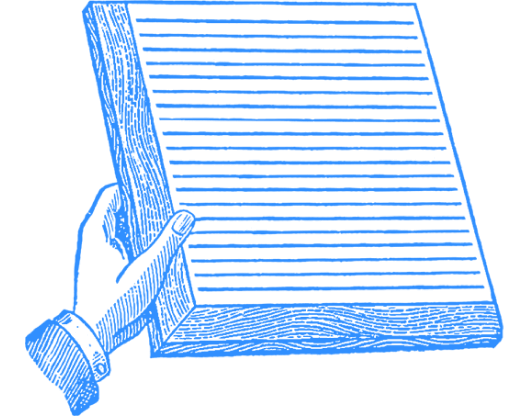
Now that the health-care bill has been signed into law, President Obama wants to “pivot” to other pressing issues. But, truth be told, the biggest issue the country now faces is still, in large part, about health care.
The federal government is running massive budget deficits and is expected to continue to do so indefinitely. The Congressional Budget Office (CBO) projects the Obama budget plan would produce $10 trillion in deficits over the period 2011 to 2020. At the end of the decade, the government’s debt would top $20 trillion, or 90 percent of the nation’s GDP. By comparison, from 1789 to 2008, the country accumulated only $5.8 trillion of public debt.
The economic risks associated with such massive amounts of governmental borrowing are very real and very high. At some point, current lenders to the U.S. government will have their fill of Treasury securities, which will mean the cost of financing expansive government is sure to increase over time. CBO expects the annual cost of servicing the interest on the nation’s debt will reach $0.9 trillion in 2020 under the Obama budget plan, up from about $0.2 trillion this year. But it could very well go much higher than that, as a recent white paper from analysts at the International Monetary Fund (IMF) demonstrates. According to that projection, U.S. debt could top 100 percent of the GDP by 2020 if, as the IMF analysts expect, the large run-up in governmental debt pushes interest rates up faster than either CBO or the administration now forecasts.
Further, this rise in federal borrowing will be occurring just as the baby boomers are entering their retirement years. Between 2010 and 2030, the population age 65 and older is expected to increase from 41 million to 71 million people. As these boomers sign up for Social Security and Medicare, costs for the programs will soar. Now is the time to get our fiscal house in order, before the entitlement tidal wave hits full force.
So what’s the president’s plan for heading off the wrenching debt crisis he has made more probable with his the expensive new spending programs he has forced through Congress? Instead of addressing it himself, the president has handed the problem off to a “bipartisan” commission.
Conveniently, the debt commission — headed by former Clinton White House chief of staff Erskine Bowles and former Republican Senator Alan Simpson — will make its recommendations after the November congressional elections.
The chutzpah here is something to behold. Having passed the largest entitlement expansion in half a century, in the most partisan manner imaginable, the president now wants Republicans to provide political cover to Democrats as they search for ways to finance the welfare state of their dreams.
Moreover, it is clear that Democrats have no intention of actually tackling the core problem in the federal budget, which is rapidly rising entitlement costs, especially for health care. They say their health-care bill has already addressed the problem. In the words of House Speaker Nancy Pelosi, “health reform is entitlement reform.”
In theory, it’s possible that Democrats could have passed a health bill that actually made durable reforms in the health entitlement programs that would have improved the medium and long-term budget outlook. But that’s not what they passed. No, new law makes the health entitlement much worse by adding tens of millions of people to Medicaid and a new insurance-subsidy program offered to persons getting insurance in the so-called “exchanges.” CBO expects the cost of these entitlement expansions to reach $216 billion in 2019. Further, the cost would escalate every year thereafter at a very rapid rate, just as Medicare and Medicaid have for more than four decades.
The Democrats respond by saying they also slowed the cost growth in Medicare. But, for starters, their cuts in Medicare do not cover the full cost of their entitlement expansions. That’s why they also raised taxes — by more than a half trillion dollars over ten years. Under the legislation President Obama just signed, federal health entitlement spending goes up, not down. Moreover, the cuts they do impose in Medicare do not in any way constitute “reform” of the program. For the most part, the big savings comes from paying less to hospitals, clinics, nursing homes, and others for the services they provide. In other words, it’s a price-control system.
These kinds of cuts have been passed by Congress many times before. They have never worked to permanently slow the pace of rising costs because they don’t do anything to make the delivery of health services any more efficient than it is today. Over time, arbitrary price controls imposed by the government always drive out willing suppliers of services and lead to access problems. That’s not entitlement reform. It’s government-enforced rationing of care.
To slow the pace of rising costs without harming the quality of American medicine will require restructuring the tax code and entitlement programs to promote a vibrant marketplace in the health sector, with strong price competition and consumer choice. That’s the vision Congressman Paul Ryan has laid out. And it’s both genuine health reform and entitlement reform too.
If the president and his allies were truly open to revisiting their “historic” health bill and replacing what has passed with a market-based reform program, that would be one thing. But does anyone really believe that’s a serious possibility at this point? The Democrats think they have scored a strategic victory by writing health-care legislation entirely according to their partisan vision. It is inconceivable they would backtrack willingly now.
But partisanship on health care has consequences too. It means bipartisanship on the budget will be all but impossible. The president has succeeded in enlarging the welfare state. Unless he is willing to roll it back now, it will be entirely his responsibility to collect the taxes to pay for it.

